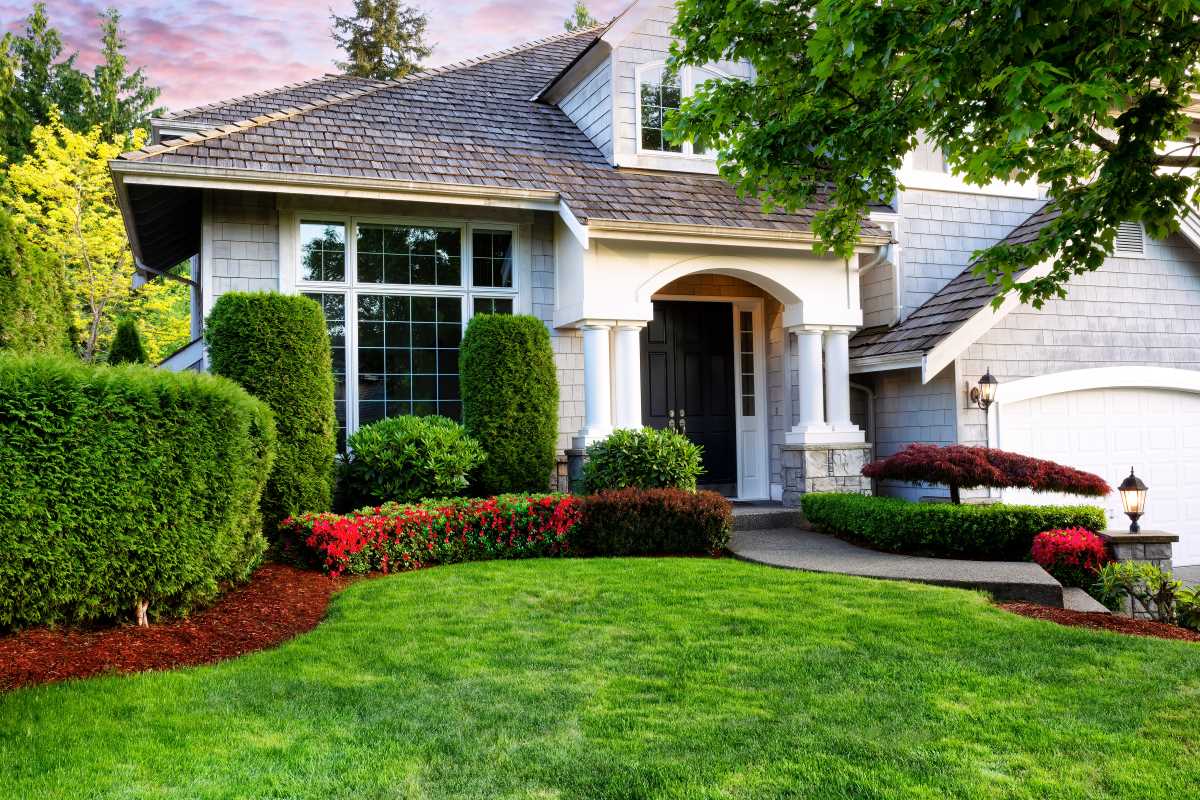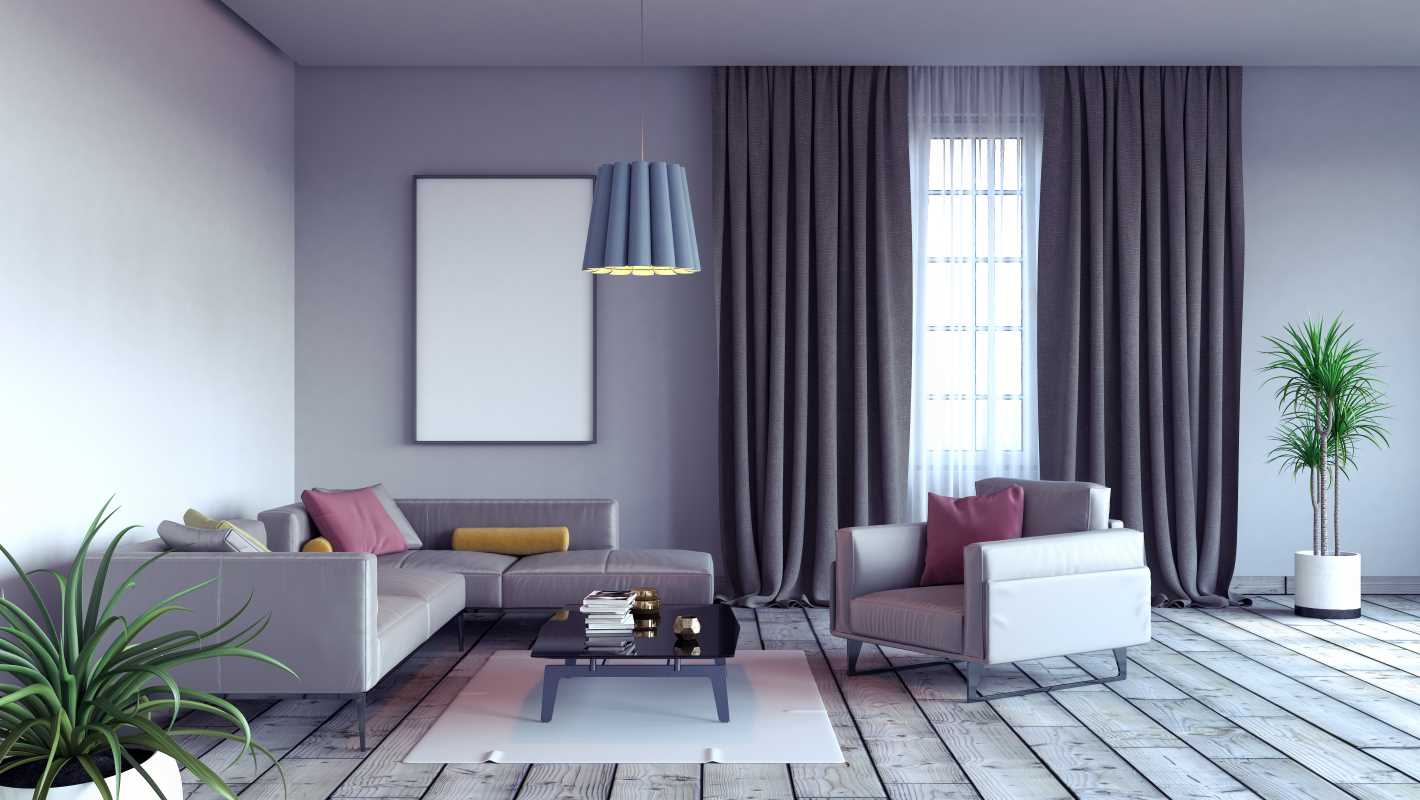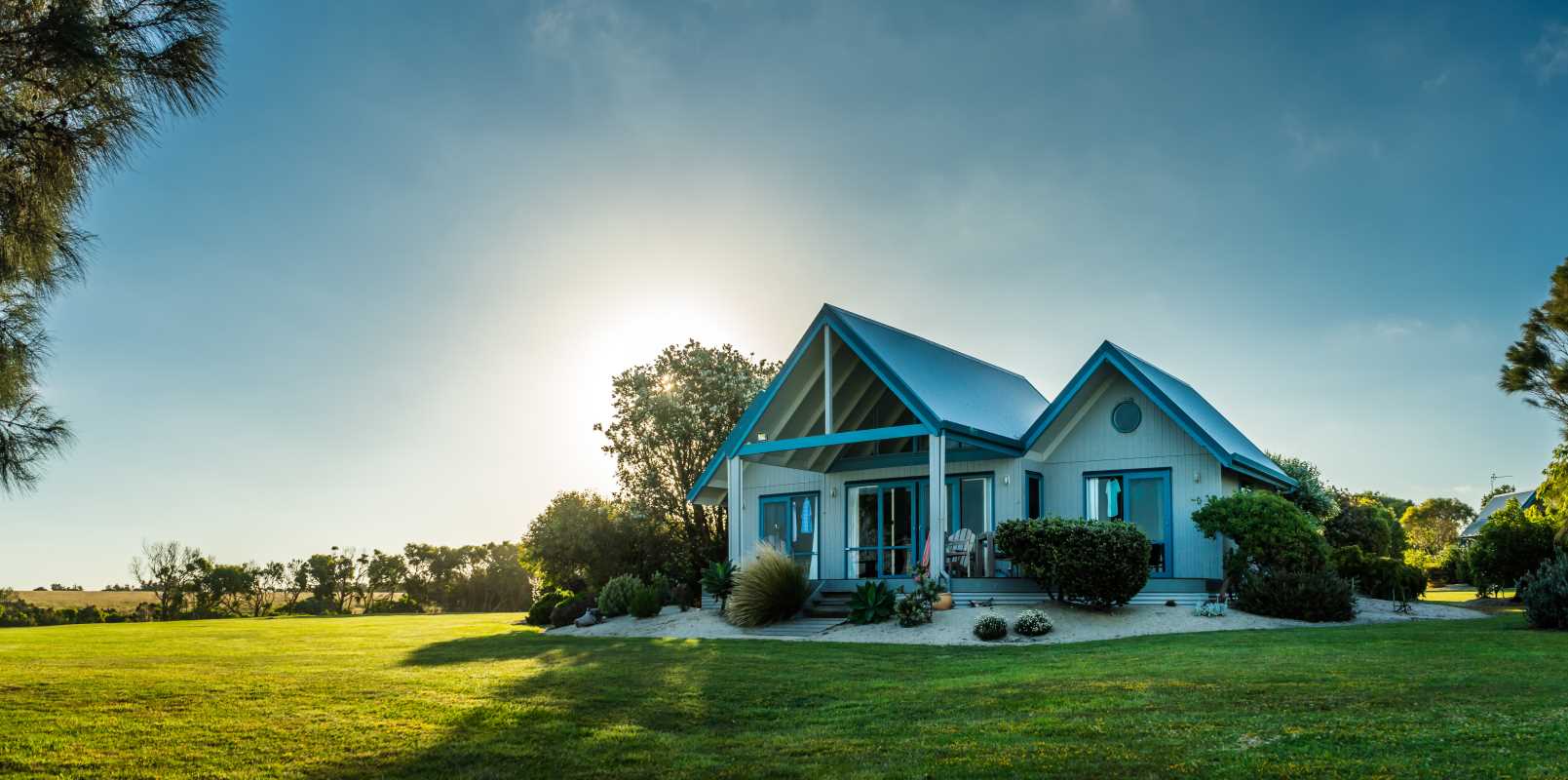Zen gardens are renowned for their tranquility and balance, offering a peaceful escape from the chaos of everyday life. To achieve a harmonious flow in your Zen garden layout, it is essential to carefully consider the placement of elements such as rocks, gravel, plants, and water features. By following some simple principles, you can create a serene and cohesive space that promotes relaxation and mindfulness.
Begin by establishing a focal point in your Zen garden, such as a carefully placed rock or a striking plant arrangement. This focal point will draw the eye and anchor the design, creating a sense of balance and harmony in the space. Surround the focal point with carefully arranged rocks and gravel to create a sense of movement and flow throughout the garden. Consider using different sizes and shapes of rocks to add visual interest and texture to the space.
Incorporating flowing water into your Zen garden can further enhance the sense of tranquility and harmony. A simple water feature, such as a small pond or a bamboo fountain, can create a calming atmosphere and provide a focal point for meditation and reflection. Position the water feature in a central location within the garden to promote a sense of balance and unity within the space.
Plant selection is another important aspect of creating a harmonious flow in your Zen garden layout. Choose plants that are well-suited to the climate and maintenance level of your garden, and opt for species that promote a sense of calm and tranquility. Japanese maples, bamboo, and bonsai trees are popular choices for Zen gardens, as they add a sense of structure and elegance to the space. Arrange plants in clusters or lines to create a sense of order and rhythm within the garden.
To enhance the sensory experience of your Zen garden, consider incorporating elements such as wind chimes, lanterns, and stepping stones. These small accents can add a sense of movement and rhythm to the space, guiding visitors through the garden and encouraging a sense of peace and mindfulness. By paying attention to the placement and arrangement of these elements, you can create a harmonious flow that promotes relaxation and contemplation in your Zen garden.
In conclusion, creating a harmonious flow in your Zen garden layout involves careful consideration of the placement of elements such as rocks, gravel, plants, and water features. By following some simple principles and incorporating elements that promote a sense of balance and tranquility, you can create a serene and cohesive space that invites relaxation and mindfulness. With attention to detail and a focus on creating a harmonious flow, you can design a Zen garden that provides a peaceful escape from the stresses of daily life.
 (Image via
(Image via





